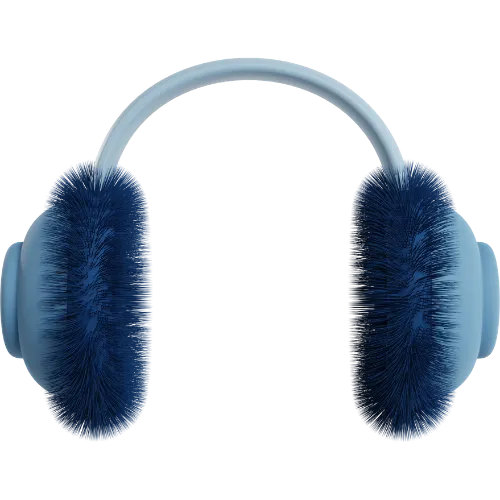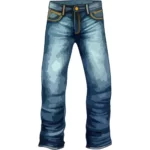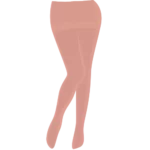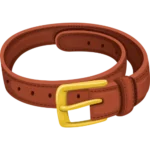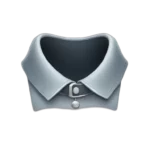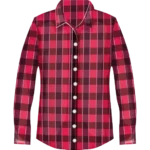Earmuff Fluff Calculator
Other Calculators
How to Use Our Earmuff Fluff Calculator (and Understand Your Results)
Welcome to our earmuff fluff calculator! This tool helps you determine how much fluff or padding material you’ll need to make or repair your earmuffs.
Whether you’re crafting earmuffs from scratch or enhancing your existing pair, understanding the right amount of fluff ensures comfort and warmth.
Let’s break down how to use this tool and what your results mean.
What Is an Earmuff?
Before we jump into using the calculator, let’s start with the basics. What is an earmuff?
An earmuff is a protective accessory designed to cover the ears. It provides warmth in cold weather and can also protect against noise.
Earmuffs typically consist of two padded cups connected by an adjustable earmuff headband. The padding (or fluff) inside the cups makes them comfortable and helps insulate your ears.
There are many types of earmuffs out there, from stylish winter wear to noise-canceling options.
But regardless of the type, having the right amount of fluff is crucial to making the best earmuff for your needs.
Why Use an Earmuff Fluff Calculator?
When making or fixing earmuffs, guessing the amount of fluff you need can lead to wasted material or uncomfortable results.
Our earmuff fluff calculator takes out the guesswork. By inputting your earmuff dimensions and fluff density, you can get an accurate estimate of how much padding material you need.
This ensures your earmuffs are not only warm but also well-padded and comfortable.
How to Use the Earmuff Fluff Calculator:
Step 1: Measure Your Ear Diameter
- Use a ruler or measuring tape to measure the diameter of your ear (in centimeters). This helps the calculator estimate the size of the earmuff cup you’re creating or repairing.
- Enter this measurement into the “Ear Diameter” field.
Step 2: Determine Padding Thickness
- Decide how thick you want the padding to be. Thicker padding means more fluff and better insulation but can also make the earmuffs bulkier.
- Enter your desired padding thickness into the “Padding Thickness” field.
Step 3: Know Your Fluff Density
- Fluff density refers to the weight of the material per cubic centimeter. Different materials (like foam, faux fur, or fleece) have different densities.
- If you’re unsure, check the product description of your fluff material or use an average value (e.g., 0.05 g/cm³ for soft foam).
- Input this value into the “Fluff Density” field.
Step 4: Calculate
- Click the “Calculate” button. The calculator will process your inputs and give you an estimated amount of fluff in grams.
Step 5: Review Your Result
- The result will show how much fluff you need. For example, it might say, “Estimated Fluff Needed: 150 grams.” This is the total weight of fluff material required for one earmuff cup.
Understanding Your Results
The result helps you determine how much fluff to buy or use. Here’s a quick breakdown:
- Small Earmuffs: For smaller ears or children’s earmuffs, you’ll typically need less fluff.
- Large Earmuffs: Adult-sized earmuffs or those with extra-thick padding will require more fluff.
- Noise Protection vs. Winter Warmth: If you’re making earmuffs for noise protection, the fluff density might be higher (like dense foam). For winter earmuffs, lighter, softer materials work better.
Using the right amount of fluff ensures your earmuffs are comfortable and effective.
Too little fluff, and they might feel hard or not warm enough. Too much fluff could make them bulky and uncomfortable.
Tips for Making the Best Earmuff
- Choose Quality Materials: The best earmuff starts with good fluff. Faux fur, soft foam, and fleece are popular options.
- Adjust the Earmuff Headband: Ensure the headband fits snugly but comfortably. A well-fitted earmuff headband keeps the cups in place without pressing too hard.
- Balance Thickness and Comfort: Thicker padding provides more warmth but consider how it feels on your ears.
- Test Before Finalizing: If you’re making DIY earmuffs test the fit and comfort with a small amount of fluff before final assembly.
Common Questions About Earmuffs and Fluff
What is an earmuff made of?
Most earmuffs have a headband made of plastic or metal and two padded cups. The padding inside the cups is usually made from soft materials like foam or fleece.
Can I use different materials for earmuff fluff?
Absolutely! Depending on your needs, you can use faux fur, cotton, foam, or fleece. Just remember that different materials have different densities, so adjust your inputs in the earmuff fluff calculator accordingly.
How do I know if my earmuffs need more fluff?
If your earmuffs feel too thin or don’t provide enough warmth or comfort, you might need to add more padding. Use our calculator to estimate how much additional fluff is needed.
Final Thoughts
Our earmuff fluff calculator is designed to make your DIY projects easier and more accurate.
By knowing exactly how much fluff you need, you can create or repair earmuffs that are warm, comfortable, and long-lasting.
Whether you’re making winter earmuffs or customizing a noise-protection headband, this tool helps ensure you get the best results.
Ready to start? Grab your measurements, use our calculator, and enjoy crafting the perfect pair of earmuffs!
Disclaimer: Please note that the sizes provided by our earmuff fluff size calculator may not perfectly match the sizing conventions of all clothing stores and brands.
Sizes can vary between manufacturers and collections, so we recommend using this tool as a guide and checking the specific size charts of the store or brand you are purchasing from for the most accurate fit.

